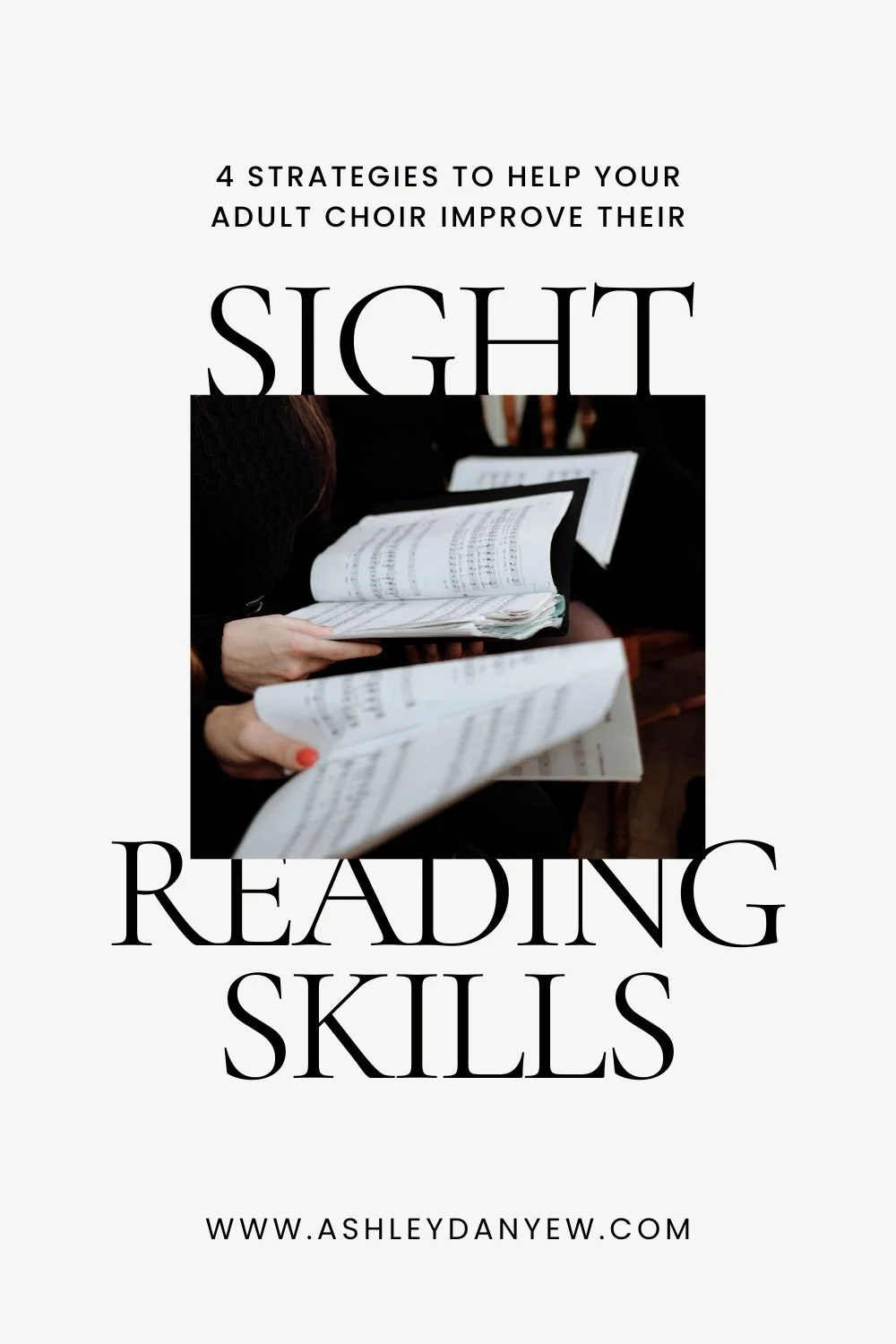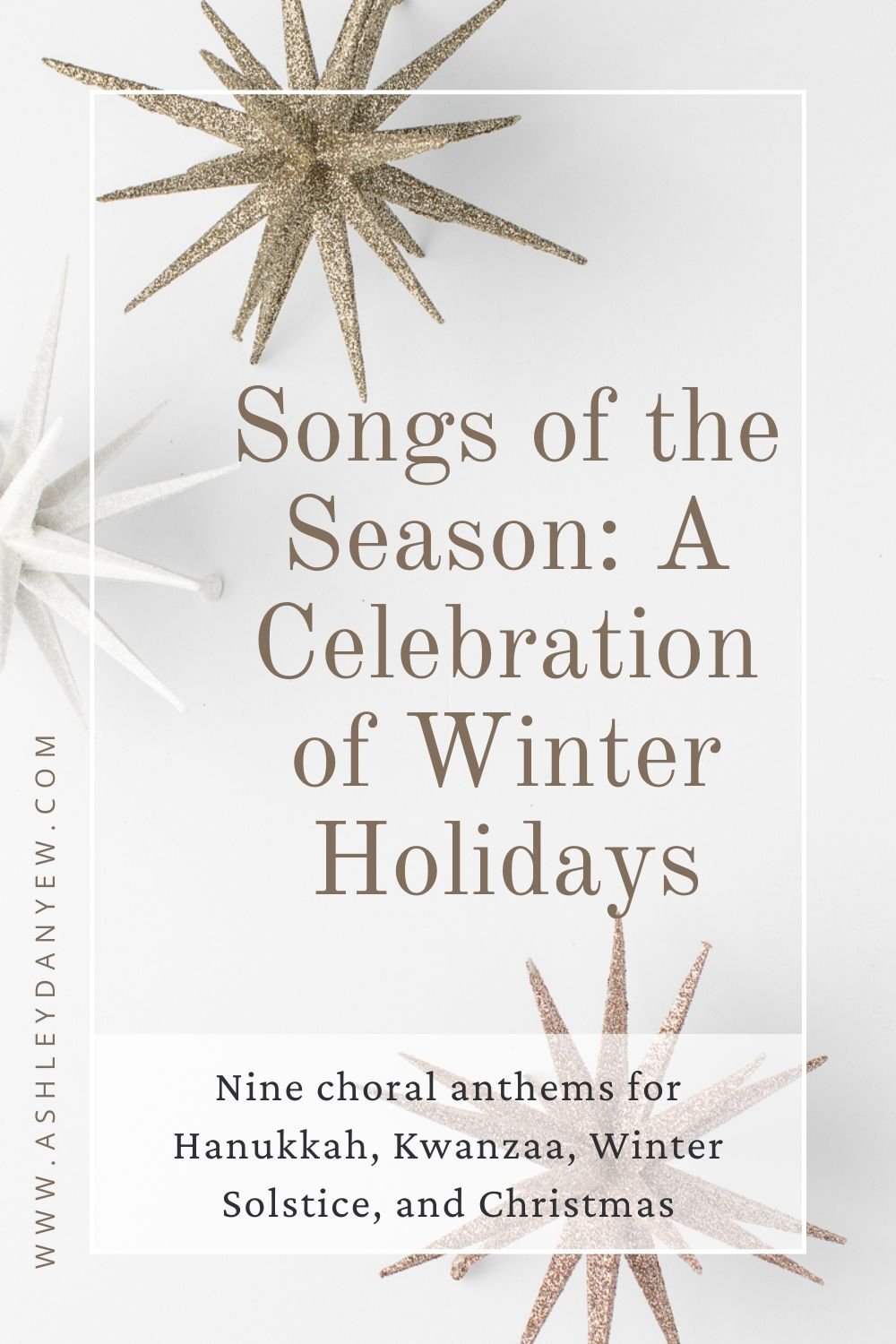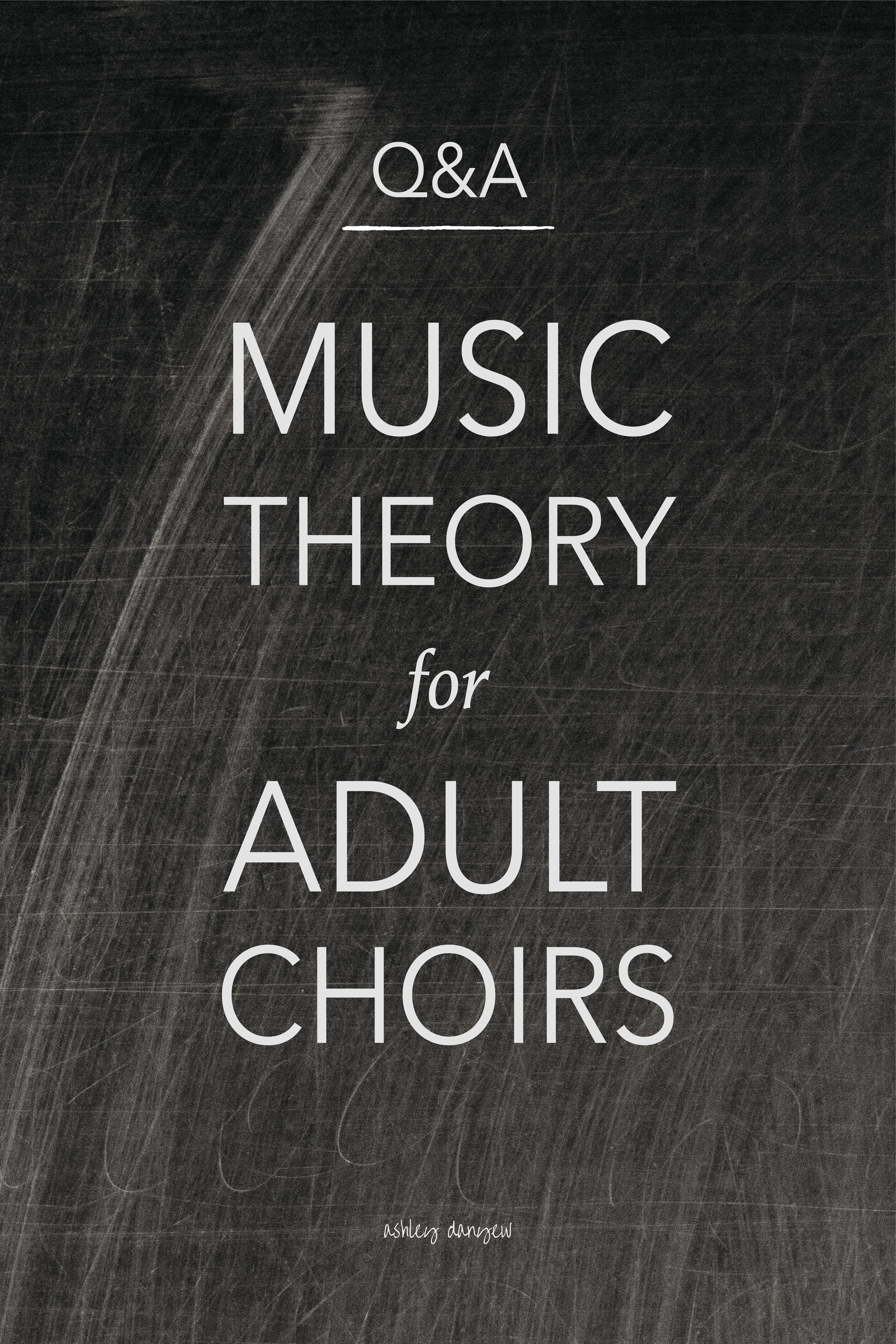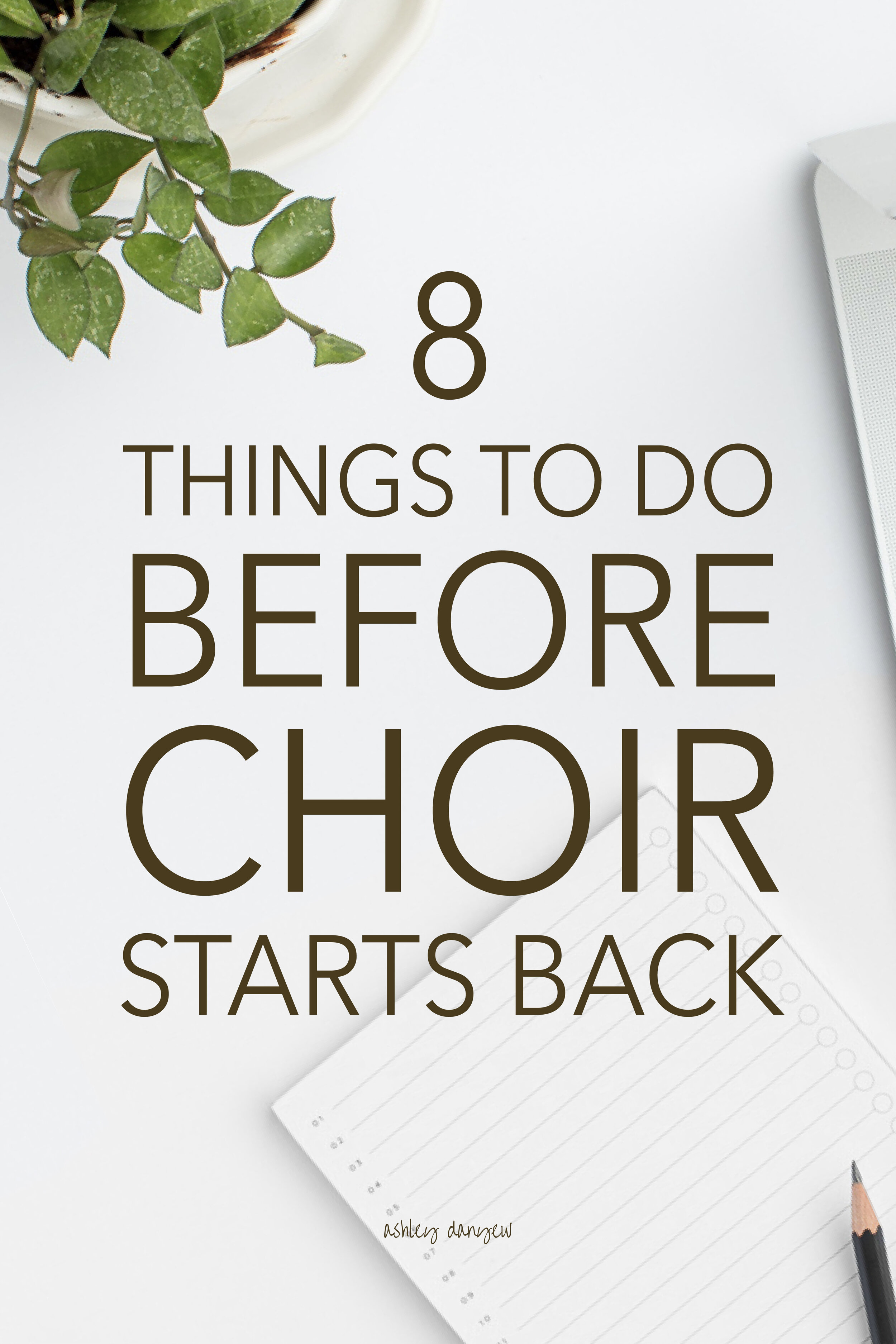I'm taking a class this semester called "Perspectives in Sacred Music." In it, we discuss some of the practicalities of being a church musician: working with the lectionary, ideas for worship planning, and the role of music and liturgy in worship. Last week, we were invited to respond to a set of readings on the relationship between liturgy and culture. This is what I wrote.
The relationship between liturgy and culture is one of commonality and of contrasts.
There are certain things that liturgy and culture share in the worship experience: a sense of heritage and tradition, people coming together, and communal singing. There are also things that separate these two worlds: liturgy is timeless, in a way–a classical tradition that remains the same throughout the ages. Culture, though also rooted in tradition is ever-changing and evolving with the people who represent it.
Some view liturgy as intercultural: a constant between and across cultural groups. Others see liturgy as subservient to culture: modified and adapted to each community in order to remain relevant and accessible. In exploring this dynamic relationship, there are three elements to consider: language, music, and worship order.
Language is a fundamental component of worship and liturgy. From the reading of Scriptures to the singing of hymns, sermons, and the prayers of the people, language is an important way of voicing our beliefs, affirming our faith, and joining in fellowship with one another. Language is something we share with others in our culture. It is the way we communicate and share experiences.
Robert Louis Wilken (2005), in his article, “The Church’s Way of Speaking” wrote, “Language defines who we are; it molds how people think, how they see the world, how they respond to persons and events, even how they feel. Thinking and understanding, like memory, are not solitary acts; they are social, wedded to the language we share with others.”
Language is an example for many churches of how liturgy has been adapted over time to fit our modern-day culture. We read newer and more modern translations of the Scriptures. We sing revised hymn texts with inclusive language. We pray prayers written in our everyday language. I believe that some of these changes make liturgy more relevant and accessible so that we are able to truly understand more of what is being read and spoken in worship.
Despite this, I believe that some language changes, particularly the revision of certain hymn texts detract from the core of the liturgy and conceal the original message of the words. An example of this is the well-known Advent hymn, “Of the Father’s Love Begotten.”
“Of the Father’s Love Begotten” is a traditional hymn. The simple medieval plainchant melody is paired with beautifully poetic words, translated from Latin to create a strikingly simple and reflective contemplation of the love of God. The New Century Hymnal of 1995 revised the text of this hymn to fit the contemporary demands of our culture: modernism and inclusive language. Here is a comparison of the two texts:
Of the Father's love begotten, Ere the worlds began to be, He is Alpha and Omega, He the source, the ending He, Of the things that are, that have been, And that future years shall see, Evermore and evermore!
Of the Parent's heart begottenWhen the worlds were yet to be,One there was with no beginning, One who is eternally Source and Ending of all things that have been, And all things that are to be, Forever and forever.
Music, a variant form of language, has also seen its share of changes through the years.
Present-day choirs, which often include amateurs who may or may not read music notation, call for simpler music: short, newly-composed anthems and the occasional cantata, most (if not all) of which are in our everyday language. We sing new text settings with familiar tunes, and new tunes with familiar texts. We sing arrangements of Spirituals and hymns as well as music that we find aesthetically pleasing (and yet simple enough to prepare for worship in just a few rehearsals).
Churches that are able to maintain a high standard for musical excellence in worship on a week-to-week basis are not as commonplace in our culture as they once were. Perhaps this is due in part to fewer professionals in our church choirs and perhaps it is the lessening of what was once a largely musically-literate culture. Attention spans are shorter and people are not as accustomed to truly listening to a lengthy classical music performance, no matter how artistic it may be. Regardless, this is another example of liturgy adapting to culture.
Many of the elements in our worship today date back to Justin Martyr’s second century ordo. There is a system, an order that we generally follow in worship, one that is informed by ritual and practice.
Some churches are more flexible than others when it comes to worship order, often accommodating the various ministries in the life of the church. These ministries are culture-based: they are in tune with the needs of the community and they provide ways for people in the church to serve outside of worship. “Mission moments” and special dedications and recognitions are often embedded in worship–cultural elements surrounded by liturgy. Do these things enhance the liturgy and the worship experience or do they take away from it?
In my experience, liturgy maintains its power and relevancy by being informed by culture without conforming to it. There’s an element of discernment involved in worship: a selection of what is and is not appropriate, contemplative, inspiring, challenging, and in accordance with the Scriptures–both liturgically and musically.
Liturgy that conforms to the standards of culture loses the richness of its history, the element of discernment, and the ability to remain constant across cultures. Liturgy that is based on a given culture will only be relevant for that culture and will grow and change with that particular group of people. However, liturgy that is simply informed by culture will be accessible enough to draw people in while still providing an opportunity for them to learn.
As Wilken (2005) noted, the church is its own culture and by holding fast to its history and heritage, invites people in to experience a greater level of understanding and more enriching, meaningful worship.
Source: Wilken, R. L. (2005). "The Church's Way of Speaking." First Things (August/September 2005). Available: http://www.firstthings.com/article/2007/01/the-church8217s-way-of-speaking-24.
Image Credit: personal













































